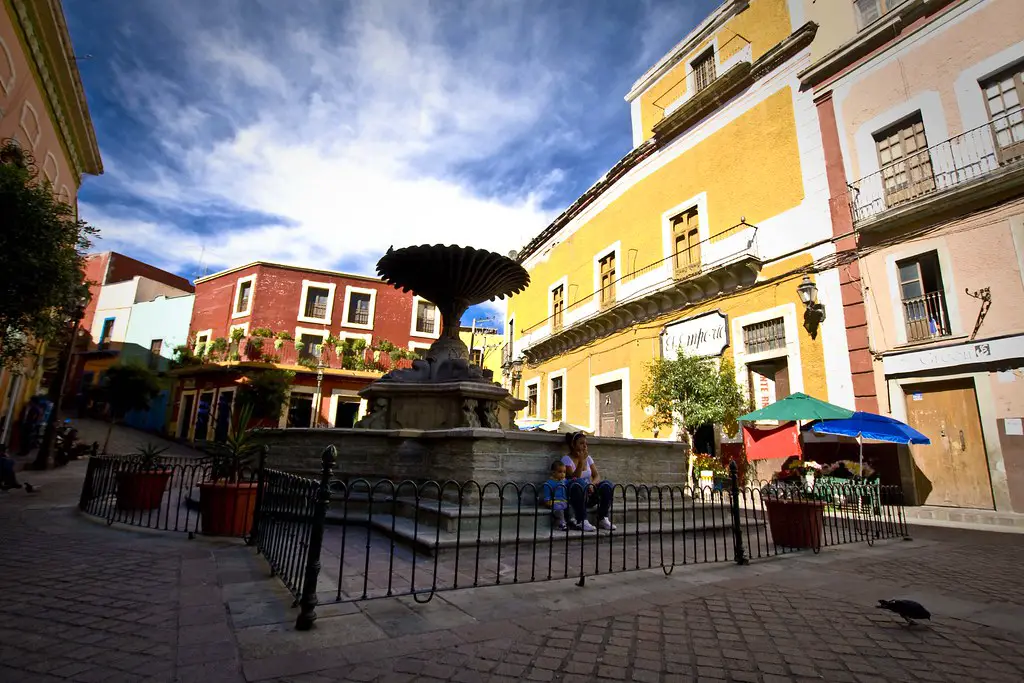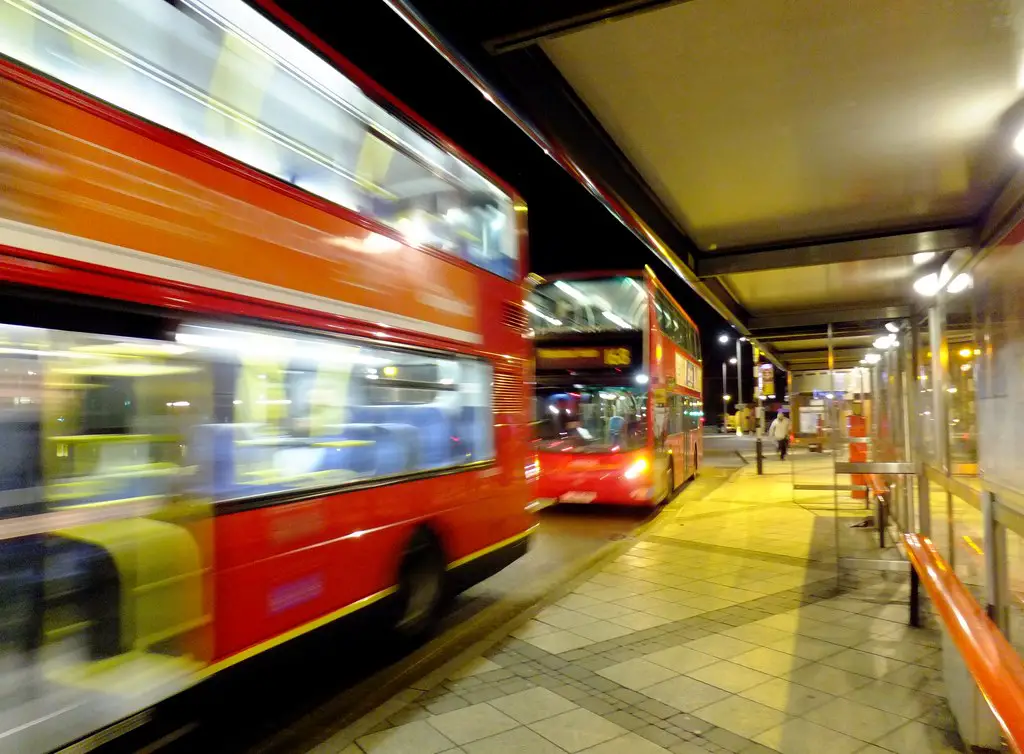Two (Very) Different Sustainable City Projects You Should Know About
Sustainability as a movement is picking up pace globally. The ancestors of environmental consciousness have long-ruled the sector, holding ecological footprints at high value. Some cities have been recognized for quite some time for their sustainability efforts long before being ecological was a trend.
These days, however, cities are overcoming environmental challenges they’ve been faced with and are emerging as global leaders making positive environmental changes.
Songdo, South Korea is an example of development done right. A city literally built atop swampland just 40 miles from Seoul was a design plan by Kohn Pederson Fox, an international architecture firm. The concept, birthed with a blend of state-of-the-art innovation and sustainability in mind, includes South Korea’s tallest building.
Most impressive though is that Songdo happens to be the first LEED Neighborhood in South Korea, and all of its buildings either meet or exceed LEED standards. With 40-percent green space boasting a 100-acre Central Park rivaling that of New York, Songdo is more than just a big city filled to the brim with skyscrapers. It also happens to be a green mecca.
The city is an inspiration for architectural design teams worldwide, demonstrating that big-city development can, in fact, be quite environmentally friendly.
And from an opposite perspective, Medellin, Colombia shows us that any (yes, any) city can overcome its former challenges and become a global leader from a sustainability perspective. Once deemed the most violent city in the world, heavy with the pollution of drug cartels and filth, Medellin’s latest mayor, Fajardo Valderrama has shifted the city to a new glory.
Having won the 2012 Sustainable Transport Award alongside San Francisco by the Institute of Transportation and Development Policy, Medellin has demonstrated leadership and innovation in transit options. Installing a complex escalator system connecting Comuna 13, formerly Medellin’s poorest community, to its city center, all residents have access to city navigation.
Additionally, Medellin has implemented a bikeshare and rideshare program that allows residents the opportunity to partake in systems where 160 public bikes can be utilized for 30-minute increments.
And as for its rideshare program? “Medellin pioneered the use of cable cars as a transit alternative in low-income informal settlements in hilly areas, moving 3,000 passengers per hour per direction; a real breakthrough now being replicated in Caracas and Rio de Janeiro,” said EMBARQ Director Holger Dalkmann.
Both of these cities represent polar approaches to becoming more sustainable, and subsequently–global leaders and inspirations. Development doesn’t have to be environmentally detrimental, and even the most ecologically, and socially-torn cities can overcome their past and intact a plan for a bright green future.
Ashley Halligan is an analyst at Software Advice where she reports on sustainability topics. She also freelances in the sectors of travel and live music. Connect with her via LinkedIn.
Photo: travel oriented


